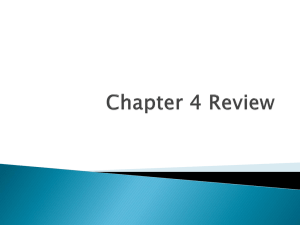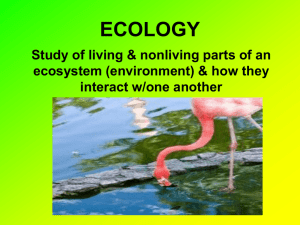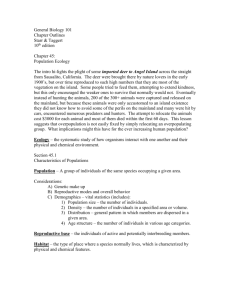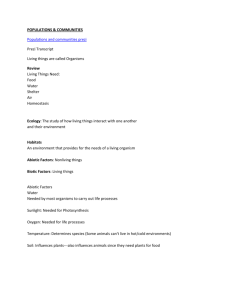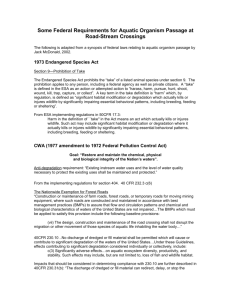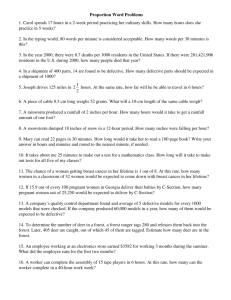Habitat – The place in an ecosystem where an organism prefers to live
advertisement
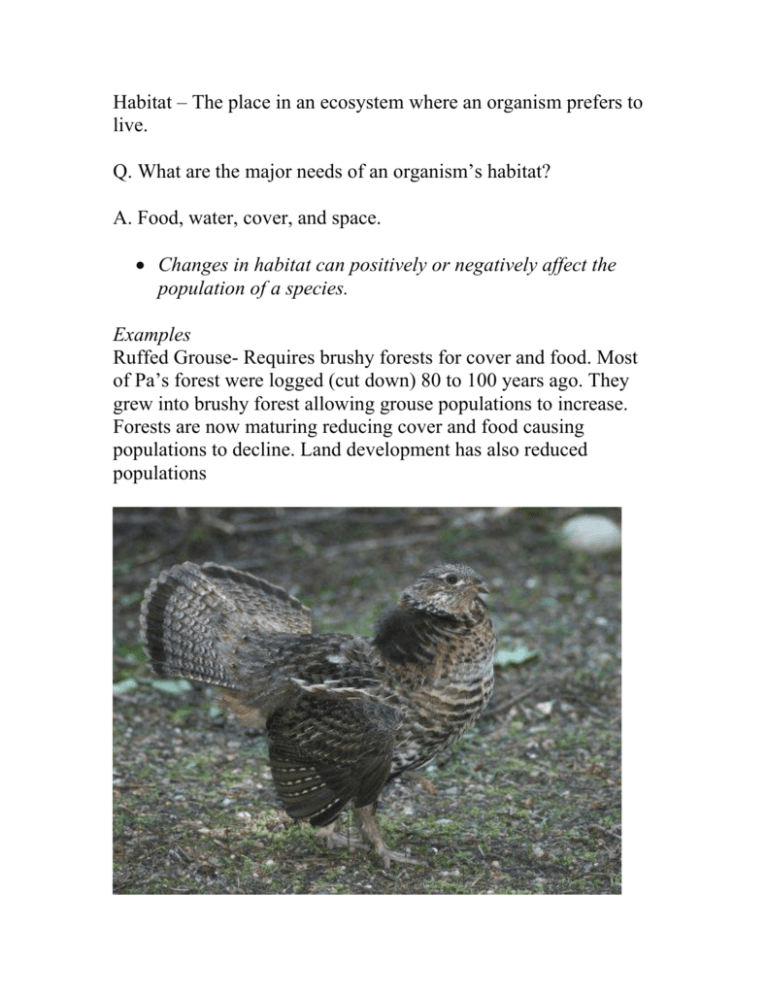
Habitat – The place in an ecosystem where an organism prefers to live. Q. What are the major needs of an organism’s habitat? A. Food, water, cover, and space. Changes in habitat can positively or negatively affect the population of a species. Examples Ruffed Grouse- Requires brushy forests for cover and food. Most of Pa’s forest were logged (cut down) 80 to 100 years ago. They grew into brushy forest allowing grouse populations to increase. Forests are now maturing reducing cover and food causing populations to decline. Land development has also reduced populations Eastern Bluebird – Small songbird that nest in cavities of trees and wooden fence posts. They prefer open fields and farmlands to feed on insects. Populations have declined since WWII due to wooden posts being replaced by steel and loss of farmland (pesticides). Back yard nesting boxes have recently helped the population. White-tailed Deer – Deer are grazing and browsing animals of the forest and field. The population has increased due removal of its predators over 100 years ago. Deer have learned to live near people and benefits from edge effect and landscaping. Deer are overpopulated and have removed much of the forest shrub layer. Population is controlled by hunting Edge – a place where two ecosystems meet. A greater variety of organisms can exist in overlapping ecosystems. Example: forest and a field Benefits of edge to wildlife Edge provides more food and cover for many animals Ex. Negative impacts to wildlife An edge may cut through and limit (fragment) a habitat. Example: A highway through a forest may keep woodland species from crossing. Edge may also increase competition (brown headed cowbird and warblers) Community – a group of organisms that interact with each other in an ecosystem EX. Pond community – algae, insects, fish , frogs, etc. Community- A set of interacting populations. Example – A forest community contains all living populations (trees, shrubs, wildlife, microbes, etc.) Species – organisms that are similar in structure and behavior that breed to produce fertile offspring


